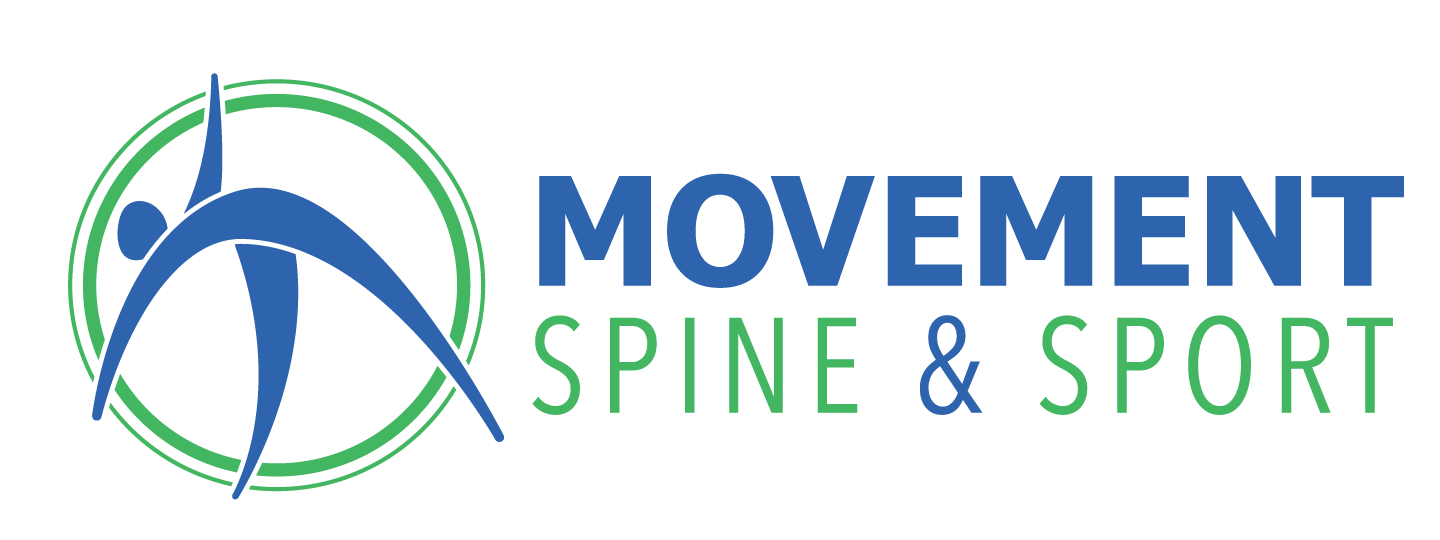The Power of the Hip Hinge
Sitting down, picking something up off the ground, or approaching the tee for your golf swing: what do all three have in common? They should all start with a hip hinge!
A common mistake in a lot people’s everyday lives is the lack of a proper hip hinge. Each time you sit down and stand up out of a chair, you are actually performing a squat. Many times when asked to perform a squat in the office, a functional test that gives a lot of information about bio-mechanics, patients will either start the movement in their knees first or will overly round their back. Mastering this concept of hinging over the hips will take pressure off your knees and SAVE your low back.
So, what is a hip hinge?
The hip joint, where the femur or leg meets the pelvis, is classified as a ball and socket joint. Just as it sounds, the ball of the femur attaches into the socket of the pelvis which allows for movement in a 360 degree fashion. Large muscles off the buttocks and thigh work together to control this joint. Although the joint of the shoulder also falls under the same classification, it is much more freely movable because the muscles that control it are much smaller.
A hinge at the hip is a complex movement that requires many muscles working together. Starting with stability in the lower back, the core must eccentrically contract to prevent strain on the muscles of the lower back. Once this occurs, the muscles of the posterior chain in the back of the legs allow for a backwards movement of the hips without overly bending the knees. Because bending is happening over the hip joint, stress is removed from the back and the knees.
From here, we can perform other movements like a golf swing or sitting down into a chair. If you enjoy lifting weights, this same concept should start all of your movements. Once a hip hinge is established, the very strong muscles of the glutes can properly engage, as well as the muscles all the way down into the feet. This will allow you to increase your weight overtime as well as a decrease your risk to injury! Something that everyone is looking for!
When people come into Movement Spine and Sport who have hurt their backs, a lot of the time they will protect their back by not putting any motion into it at all. Instead, they will use nothing but their knees to do activities like sit and stand from a chair or bending to take the trash out. Although you have protected your back, the better option is to implement a hip hinge along with an abdominal brace with the breath. If a proper abdominal brace is used for your core, you are able to decrease the motion and increase the stability. The abdominal brace will also create a stable foundation for you to move from, making the hip hinge not only possible but also much easier. Remember an abdominal brace is a contraction of your core (ab) muscles, not the brace people put around their backs.
Here are 3 side by side photos showing the 3 most common patterns when squatting.
The first photo shows a knee bender. When motion starts in the knees for a squat, they slowly begin to glide forward. This forward glide puts an increased stretch on the front side of the knees. When under load, possibly with a box or when lifting weights, this stress on the knees can cause injury.
In the second photo, much of the same is true. When all of the motion comes from the back, the muscles have to work much harder. As we bend forward, there is a lot of stress put on the joints in the back and also each of the discs that separate the bones in the back. If load is introduced, even something as light as a purse, this can strain of the joints of the back or even worse cause irritation of the discs or nerves that come out of he back. This is the #1 mechanism for DISC HERNIATION’S and can cause a lot of degeneration over time!
The third and final photo shows an ideal hip hinge. With backward movement of the hips and a generally up-right torso, strain is minimized in the lower back and in the fronts of the knees. There is a slight bend in the knees, but the knees remain over the feet and do not move in front of the toes. The rib cage is stacked on top of the pelvis and the neck is neutral.
Hanging out in this position will help activate many of the muscles required to properly get into this position. We will also send patients home with a small side to side lateral step once they have mastered the hinge. By promoting the use of the glutes, it becomes easier to use them in everyday life. A proper hip hinge is great for someone who lifts weights, but also for elderly individuals at risk for falling. If we can get them back to squatting more efficiently, they will become much more stable overall. With exercises promoting strength and balance, proprioception is increased exponentially. Although not nearly as much resistance is needed, these concepts are what allows the sense of individuality to last much longer in the aging population.
Call us to talk more about this simple but powerful concept or schedule a visit today to stop in to see us!
Dr. Casey Schneible
Chiropractic Physician, Owner

